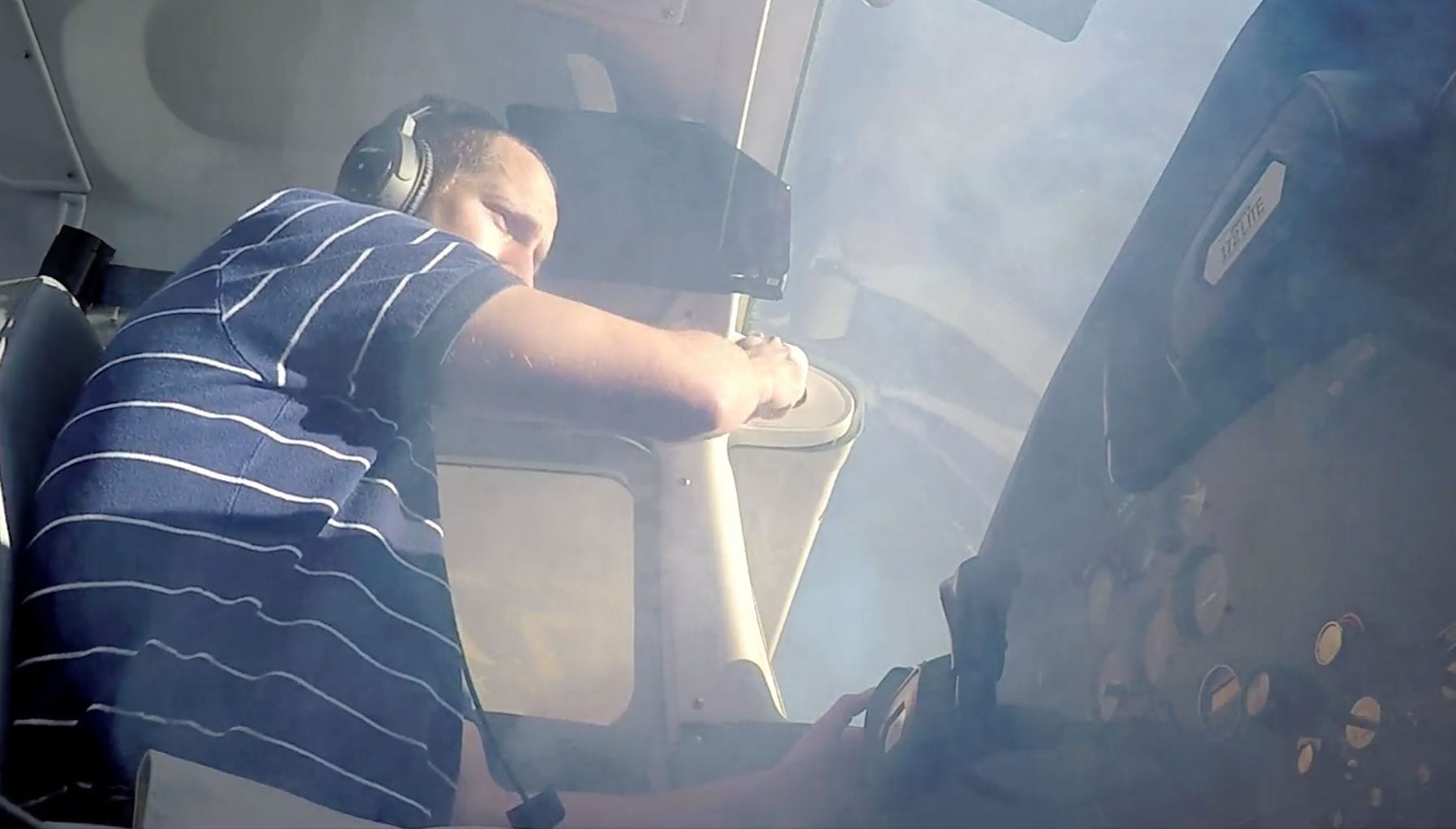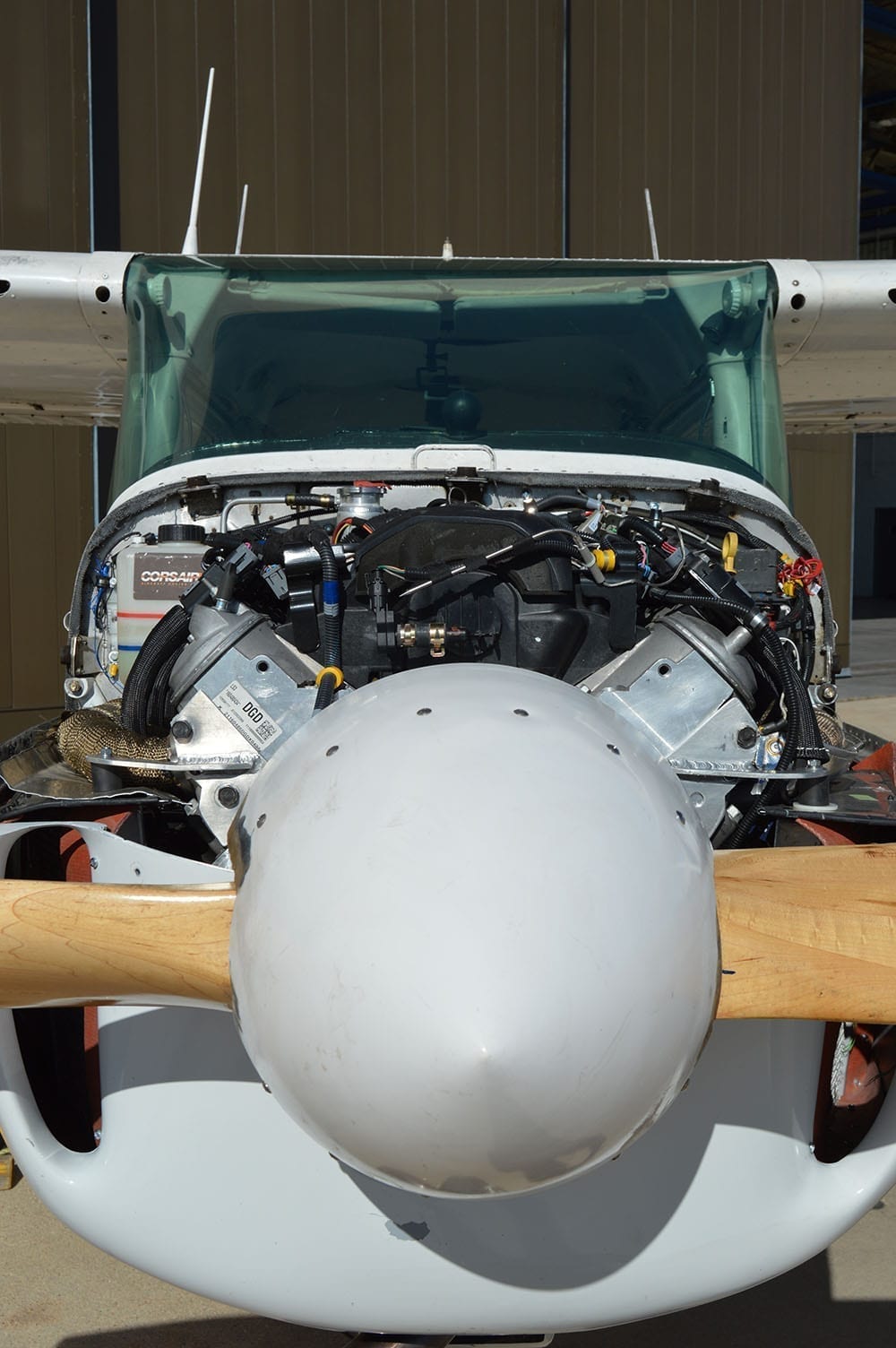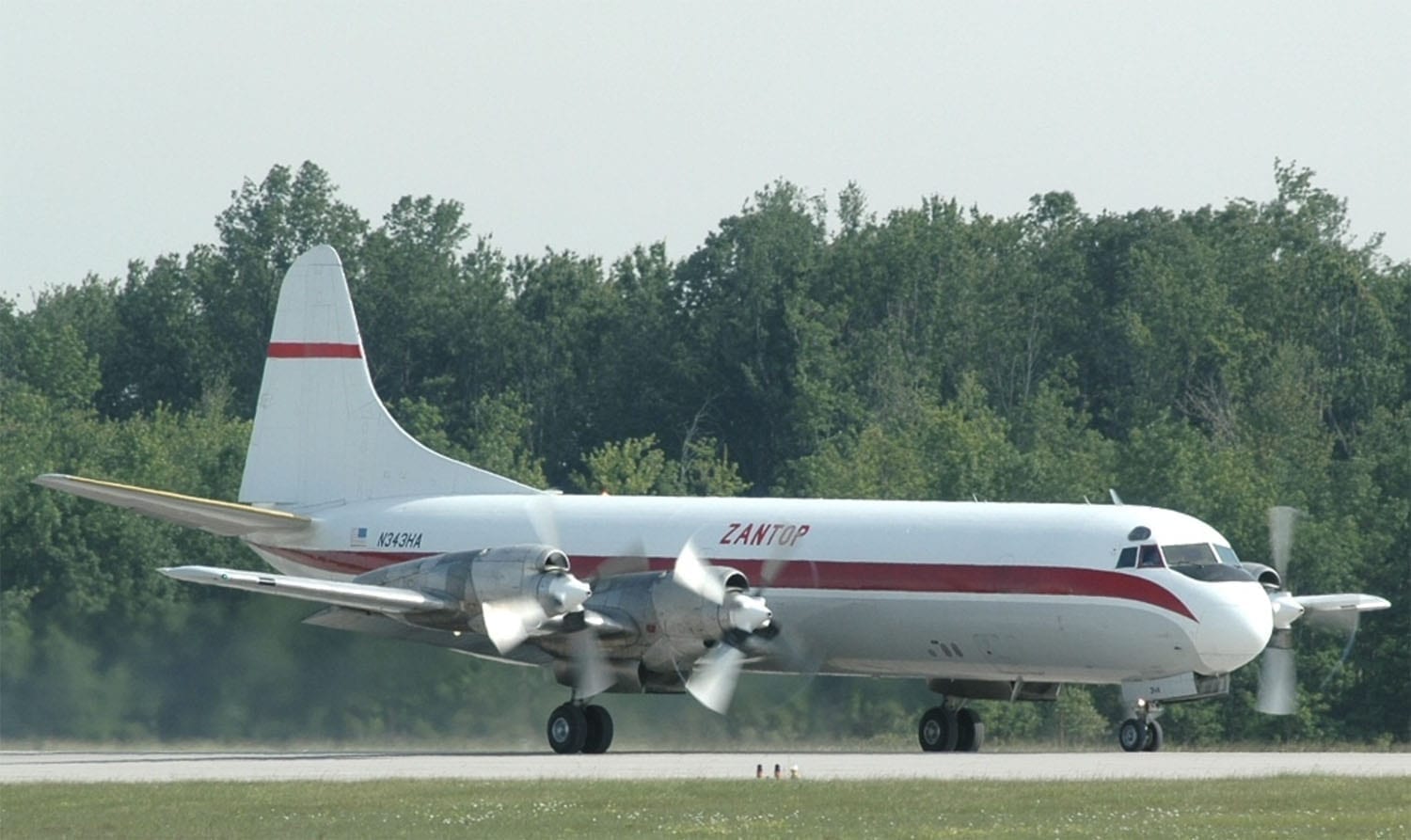
A lucky pilot: flying celebrities around the world in a Gulfstream
I was thereScottsdale operations called: “I have scheduled you on a ten-day South American tour with Elton John starting on the 17th. Find another captain to go with you. Elton’s agent wants an additional pilot besides Ernie... he wants to see two people with some white hair in the cockpit.”

Flying with Malik: why the newest generation of pilots will be great
I was thereMalik now has the distinction of being the youngest black person in the world to have received a B-777 type rating. That’s only fitting, because most people think I’m about 60. I now have the distinction of being the oldest person in the world to have received a B-777 type rating, at 74. But neither of us knew this until after we had completed our training.

Friday Photo: storm over the Everglades
Friday PhotoThe Pipistrel Sinus motorglider is all about fun flying, and that's what Todd Tracy captures in this Friday Photo. His wingtip-mounted GoPro camera shows him soaring over the Everglades in Florida, with a typical summertime rain shower making itself known in the background.

Engine failure at 150 feet, with a glider in tow
I was thereI was towing and we were taking a passenger on a ride. As I recall the ride was a very attractive young lady so there were many volunteers among the commercial pilots, but it was Joni Whitten’s turn and she was not relinquishing that turn. The flight was normal until we were at about 150 feet over the woods at the south end of the runway, when the engine quit.

Back in the Saddle on a Very Different Horse
I was thereAnd then she said it: “why don’t you fly anymore?” My response was simple: “I don’t know.” Suddenly, I had a flying club membership application in my hand—I was going to get my ASEL (I didn’t know what that was, just that was what I was going to get). There I was, a Commercial, Instrument-rated helicopter pilot, learning to land an airplane

From FUBAR to fabulous: landing at 200 strips in three months
My AdventureIf you do a search for 2020 memes, there is no shortage of graphic illustrations why this year has been FUBAR (look it up if you don't understand) for travellers, especially those of us who prefer to journey by air. And yet, I managed to have my best flying season ever in 2020 while travel was restricted to my home province of Manitoba!

Ice bridging: the myth that won’t die
TechniqueIce bridging is the idea that if you operate the boots too early, you will stretch the ice but not fracture it. When the boot deflates following the cycle, the stretched ice will remain, with more ice building on top of it. Yet there is not a single test conducted in anyone’s icing research wind tunnel that has been able to replicate ice bridging, nor are there any accidents that document ice bridging as a cause or contributory factor.

Friday Photo: somewhere over the rainbow
Friday PhotoReturning east at 11,000 feet from Saint Jude’s Hospital in Memphis, Tennessee, to Asheville, North Carolina, on an Angel Flight mission. Major thunderstorm activity over Knoxville. ATC queried me, “Do you want to divert north or south? Suggest south.” Good choice.

A checkride turns smoky
I was thereThe examiner was competent and fair, and he really put me through my paces. The flight was going well, and I was confident. He asked me to set a course for Lost Nation Airport in order to do some pattern work. The flight suddenly become far more interesting. I thought I noticed an odd smell in the cockpit, something unfamiliar in the context of the trusty 152.

The $20 an hour Cessna 172 experiment
TechniqueAlthough I had a GA background and built time as a CFI, I’ve been flying for the airlines for three decades and have been absent from the GA scene, which I mistakenly assumed had long evolved and would now seem foreign to me. After just a few calls, nothing had seemed to change except that the same 1970 vintage 172s were now renting out at $115-$125 per hour.

Three out of four ain’t bad—unless you’re in a Lockheed Electra
I was thereSeptember 11, 1996, will always remain in my memory. We had recently departed Terre Haute, Indiana, and were now cruising eastbound toward the Atlantic Coast at Flight Level 210. A young captain (me, at 40 years old) was still on his proving runs with a check airman when there was a problem. We had an engine fire warning on engine number four.

Friday Photo: the sun sets on a rewarding flight
Friday PhotoSometimes you're so busy flying that you forget to take a photo until after you've landed. That's what Tom Kingston shares in this Friday Photo, but what a great way to remember a flight—a beautiful sunset in the western sky serves as a colorful reminder of a great flight in his Cessna 172.

VFR over the top: legal, but not clever
OpinionIn many countries, you can’t fly VFR without reference to the ground. This is applicable even to sport, recreational, and student pilots in America, but usually after you are a private pilot you can. But what if you need to land?

My cold water splash: an airline pilot learns a painful lesson
I Can't Believe I Did ThatMy first (and I hope last) aircraft incident in 45 years of piloting took place a few years ago on the first really nice spring day, with clear skies and glistening water beckoning for the first seaplane flight of the season. I was a very new seaplane pilot at the time, though my IACRA paperwork showed 29,000 hours total time when I applied for the rating.

Flying with good and bad pilots—what I’ve learned as a new CFI
OpinionI became a flight instructor late in life (my mid-50s) and it has been fascinating after many years of “left seat” flying to take this next step in my flying career. Shameless plug and article spoiler: If you’ve ever thought about becoming an instructor after years of flying, you’ll be fascinated by what you experience and learn in the process of training toward the CFI and even more once you earn the certificate and begin your CFI flying.

Low Visibility Takeoffs: How Low Is Too Low?
TechniqueThe big risk that jumps to mind is engine failure during a low visibility takeoff. And that would be a critical situation. But the accident record shows that is an extremely rare event. Given that engine failure itself is uncommon, and that low viz takeoffs are infrequent, the odds of an engine failure during the seconds or couple minutes of a low viz takeoff are very long.

Friday Photo: one last flight
Friday PhotoAs partners sharing ownership of a Nanchang CJ-6A and four and a half years and many hours of fun and adventure in the Decathlon, it was our last flight as co-owners. My longtime friend, who took this shot, had lost his medical due to a stroke.

Some passengers you never forget
I was thereWe all have a passenger or two that we simply do not forget. Could be a grandchild’s first flight smile. Perhaps a movie celebrity. A rock and roll group or a comedian. Maybe even a politician. Whether you fly professionally or as a hobby, we all have that one passenger experience that gets talked about over and over for years. Here's my story.

One medevac mission turns into two
I was thereThe medevac mission was to retrieve a wounded GI, but there was no landing zone (LZ) close by, so we would have to extract him by holding the helicopter at a stationary hover about ten feet above the trees, and use an internal rescue hoist and a “Stokes litter” wire basket. The trees were about 75 ft. tall at the scene, and the basket was quickly lowered.

Airport stories: I don’t know but I’ve been told
I was thereHang around aviation long enough and you will hear some strange things. Here are seven stories that show how even simple mistakes can have serious consequences, but also how a little ingenuity can solve some vexing problems.
